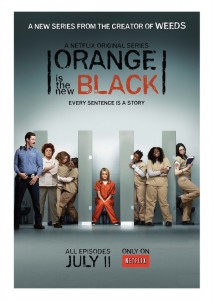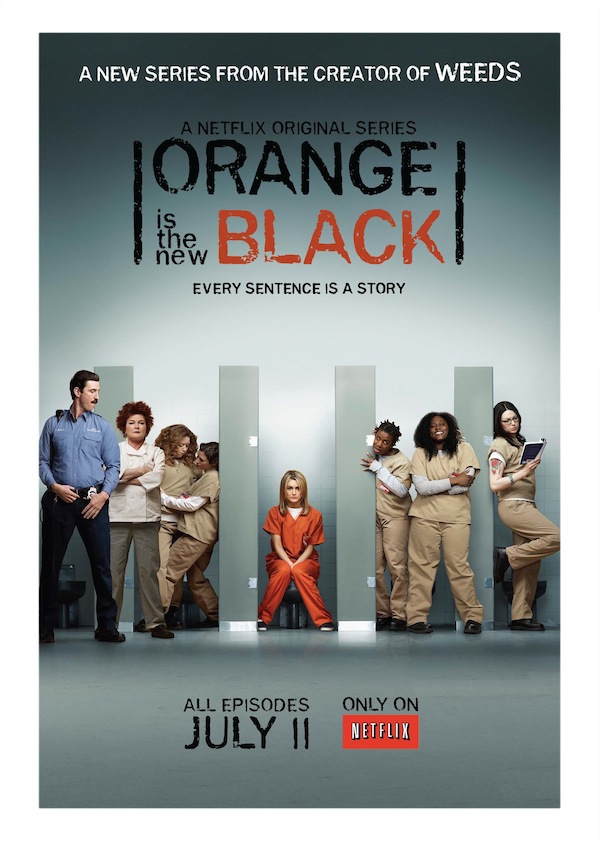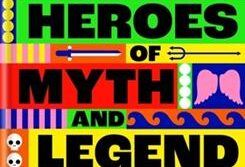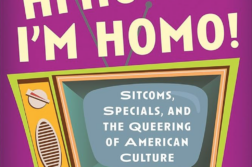 Orange Is the New Black
Orange Is the New Black
Created by Jenji Kohan
Netflix
THE FACT that the incarceration rate for black men is six times the rate for white men in the U.S. is no laughing matter. The idea of a bisexual blonde dressed in an orange jumpsuit and locked up in a largely lesbian women’s prison is a whole lot funnier. Especially if that woman is a Whole Foods-shopping WASP named Piper and she’s serving a 15-month sentence for smuggling drug money for a former girlfriend. That, at least, is the comic premise of Orange is the New Black, which stars Taylor Schilling as Piper Chapman, Laura Prepon as her ex-girlfriend Alex (doing time in the same New York clinker), and Jason Biggs (American Pie) as Piper’s fiancé Larry. At one point, the sultry-voiced Prepon (from That 70s Show) boasts to Piper: “I’m good at moving large amounts of heroin.”







